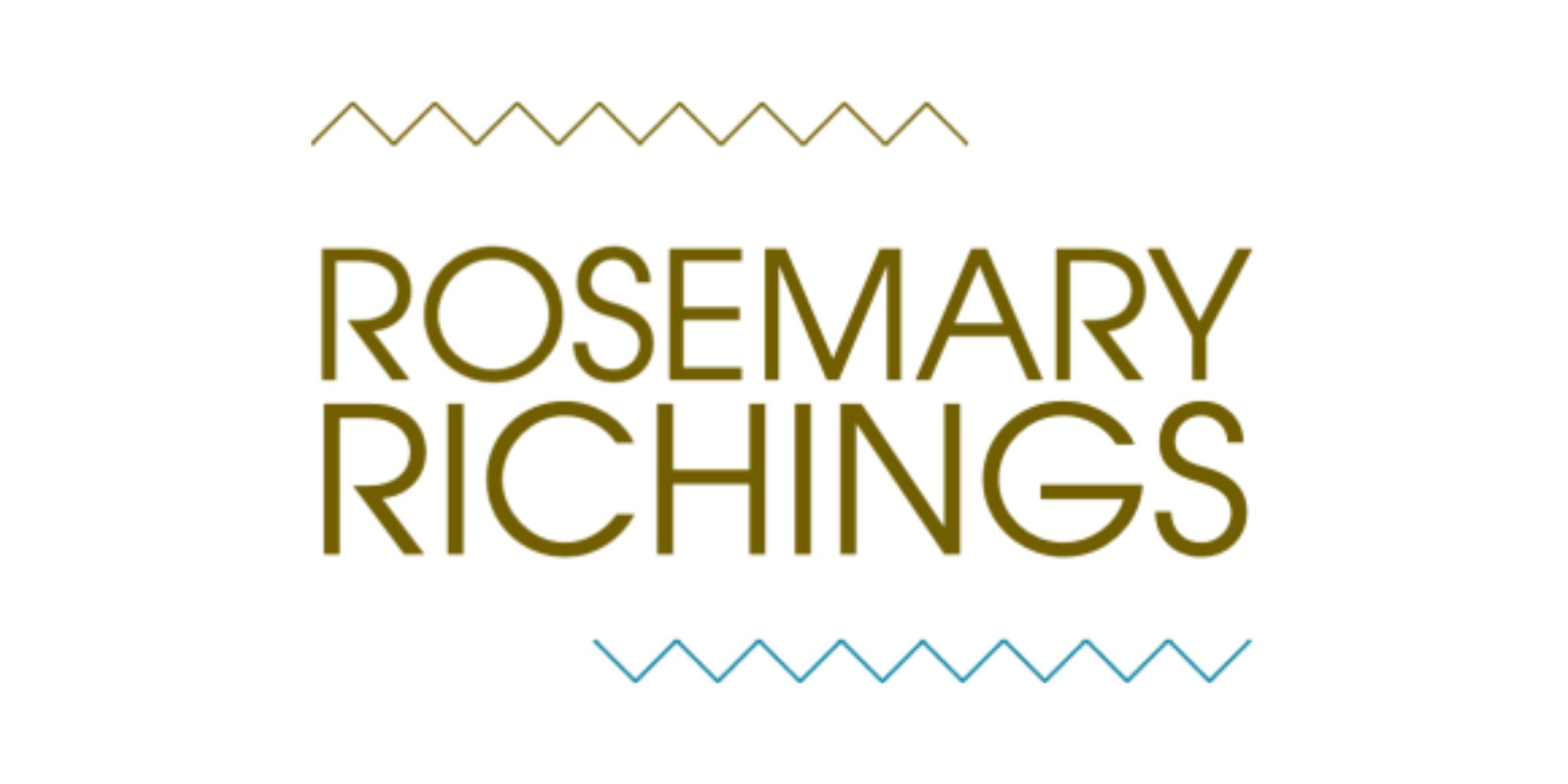About 22% of the self-employed population works primarily from home, and the number of work from home, but not self-employed, workers has grown significantly since 2005. As a result, the idea of being able to work from anywhere in the world has also become a lot more common.
The best part of the freelance lifestyle
1) Give advance notice
I know what you’re thinking: “advanced notice, really? But I’m a freelancer!”
Yes, that’s true, but you also have to keep in mind that you’re running a business, so you have to let the people that you’re currently working with know what’s going on. And don’t overthink it either!
Whatever you do, just don’t tell them you’re going on a trip the day you leave. Clients are generally a lot more forgiving if you give them 24 hours minimum advanced notice.
For instance here’s an email that I sent a day before I left for my trip to France and England last year, to a client who hired me to copy write her web content:

Although she sent me feedback and requested revisions at least she didn’t mind waiting. In fact, she sent her feedback, and included the following comment:

2) Use tools such as Gmail’s vacation notice feature
Gmail’s vacation notice feature has been a real life saver when I’ve either been out of town or out of the country.
But why is that the case? Because it’s a great way to remind current clients that I’m away while letting prospective clients know that the reason why I have not yet responded, has nothing to do with my lack of interest or commitment.
However, I don’t recommend that freelancers use the vacation notice feature solely to say that they’re on vacation. Along with the days that you’re away, also include the time zone of where you’re going, and remind clients that your responses will take longer than normal.
Not sure how to do that? Here’s a screenshot of a vacation notice that I wrote the last time I traveled. Feel free to use it as a guideline, when you create your next vacation notice:

3) Make a list of to-do list items that need to be done right now & finish it before you leave
For both freelancers and non-freelancers, preparing for a big trip can sometimes be overwhelming. A great way to handle this, and have less to worry about during your trip is to make a list, and make it your goal to cross off all the list items before you leave.
Prioritize list items that need to be done before you leave, and set aside anything that can either be done on the go or wait until you get back.
Got a big deadline coming up? Put it on the list. Got to do your laundry and pack before you leave? Put it on the list. Got to invoice a client? Put it on the list! Well..you get the idea, of course.
4) Treat your travels as both an adventure and an alternate workspace
As I already mentioned, the best part of freelancing is the fact that you can work anywhere, so you might as well make back at least some of the money that you spent on travel-related expenses.
At the same time, you’re traveling, which is awesome, so don’t forget to also get out and enjoy the sights and sounds of the city that you’re visiting.
Carefully plan out your day so that have time to work in and explore your new environment before it’s time to get on a plane and go home.
5) For more thorough communication, know your time zones
Even if all you need to send is an email, your communication between you and your clients will be a lot more effective, if you carefully accommodate time zones while traveling.
Before you hit send, Google the time difference between your client’s time zone and the time zone of the place you’re visiting.
Then use an email pre-scheduling tool such as Boomerang to ensure that you’re only sending emails at a time when your client will actually be checking their emails.
Boomerang is awesome because you can send an email at any time you want:

All you have to do is write your message, hit the red “send later” button, and then select a time and day for your message.
Not only will this help you reach your client at a time when they’ll actually be awake, but it will also reduce the amount of time you’ll have to spend staring at a screen while you’re away.
6) Limit the amount of time you check email daily
The first time I traveled while I was a freelancer, I was 100% guilty of this. However, it’s important to be strict with yourself about how often you’re checking your email while traveling.
You likely booked this trip for a reason, and it’s pretty safe to assume that the reason has nothing to do with staring at your phone, laptop, or other devices non-stop.
By all means, answer urgent client emails, if they’re 100% urgent, and need to be answered right now, but everything else can wait. You probably work hard on your business, so take full advantage of your big opportunity to travel far from home.
The tips above will ensure that you can truly enjoy the sights and sounds of an unfamiliar city or country. But how the heck do I know that? Because I’ve traveled a few times, while juggling freelance responsibilities, and I’ve learned a lot from my travel experiences.
So…just wondering: what mistakes have you made, while freelancing and traveling? Feel free to share your experiences in the comments section below.
PS: New articles are published bi-weekly on Mondays. Browse more posts:
50+ B2B articles →
100+ writer-to-writer articles →




